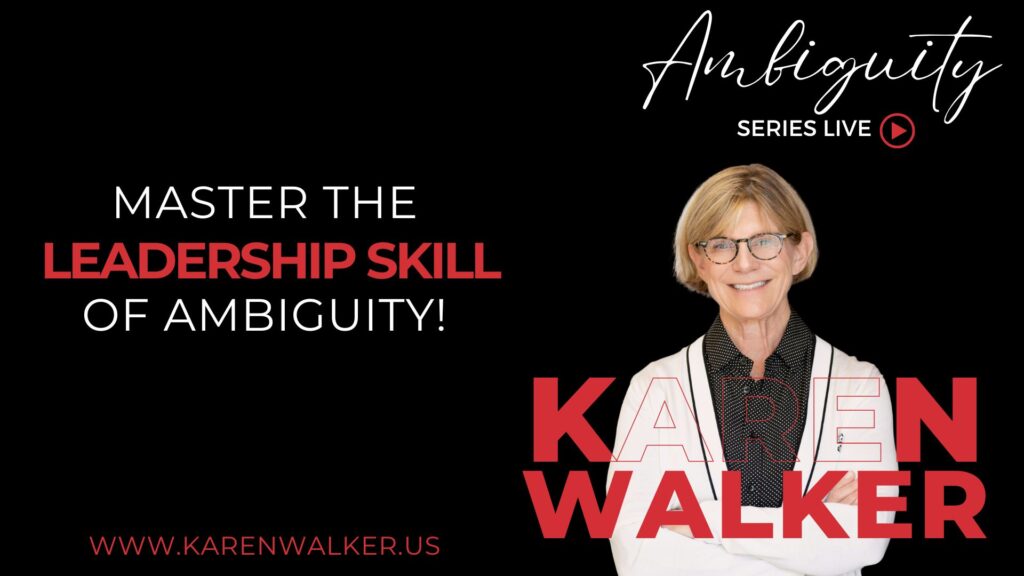
This article features a recent interview with Rahul (Raj) Bhandari, the author of the newly released book Slingshot: How Adversity Propels Leaders to Find Purpose, Be Impactful, and Create Change. Raj has been a successful CEO and investor, and led the M&A efforts for Thomson Reuters. He was a founding team member of the $1 billion Accenture Ventures, to name just a few of his leadership accomplishments. In the process, he became recognized as a multilingual, multicultural leader who writes about how to achieve meaningful outcomes in collaboration with others. This interview has been condensed and edited for clarity.
Karen Walker: How did you arrive at the Slingshot Method?
Raj Bhandari: I developed the Slingshot Method in response to comments that I received to presentations at conferences and business schools, all based on my career experiences. People told me that I helped them develop resiliency and that they were better able to navigate challenges. Their feedback led me to develop workshops and subsequently, the book. It’s important to note that this method – and the path within it – can help anyone who wants to create a life of Significance and become an inspiring leader.
KW: How do you hope others will benefit?
RB: When people develop a sense of clarity, purpose, and commitment – they’ll be inspired to help others meet their needs, and they’ll motivate others to do the same. We can live lives of meaning and significance.
KW: Why does your framework start with the big picture?
RB: We have to understand the contexts in which we operate. There are four critical contexts; these are especially important to understand in times of adversity. First, that we can Survive – despite physical or psychological difficulties. We can find Security when we have confidence in our ability to achieve our goals. Success comes as a result, over time, to getting our needs met. Then, as we mature, if we can push through the inevitable obstacles, we can find Significance. Significance drives us to give back – although we don’t need to wait until we’re mature to do that!
KW: Your levels of context sound similar to psychologist Abraham Maslow’s hierarchy of needs. Maslow maintained that we’re driven by anxiety to meet our safety and security needs, for example, and that until we meet those needs, we can’t focus on anything as grand as self-actualization.
RB: Yes, with one crucial enhancement to the standard hierarchy. Several years after the model’s initial publication, Maslow added an amendment – a new peak to the pyramid of needs. He called this peak self-transcendence; I name it Significance. It’s a drive to go beyond ourselves, care, and act for the benefit of all. Philanthropy is an excellent example of the Significance context.
KW: So, we should understand that our current context will inform our ability to lead. It will either propel or inhibit it. You’ve also identified four leadership abilities that you can apply to each of those contexts. Can you elaborate on them?
RB: The abilities are Clarity, Conviction, Commitment, and Contemplation.
I think of Clarity as understanding what success looks like, and recognizing the direction in which we’re driving. Without it, we can feel anxious about the meaning of our work for our lives. With it, we can find peace and, no small thing, help with prioritization, with how we spend our time.
Once we have Clarity, we can have Conviction. Conviction, in this case, is both a noun and a verb. Conviction is the ability to understand our needs and values and possess the wherewithal to express them. As leaders, we express our Convictions through our actions and our words. Convictions are our values, our priorities, and our hopes. Commitment is the action that builds on Clarity and Conviction,
When leaders are congruent in their Convictions and actions, others can see – and commit to – that clear vision.
KW: What about Contemplation? In today’s over-busy world, how do people make time for that?
RB: Contemplation, the ability to learn from our experiences, is essential personally, but as a leader, it’s imperative. We have to consider how our actions align with our purpose. Are we accomplishing what we set out to do? Should our goals evolve in response to the circumstances around us? Are there patterns and themes that will help us?
In Contemplation, we can look at the four contexts – Survival, Security, Success, and Significance – and consider applying the four leadership abilities to each. This exercise drives Clarity, and, of course, with Clarity, the other three actions can follow. It helps to create a scorecard for yourself, understand where you are, and what steps you need to take to navigate towards your goals.
KW: Without contemplation, it’s impossible to know if your actions have aligned with your intentions. With it, what’s the result?
RB: A circle of noticing what you need to do, moving in that direction, and inspiring more good from having those actions seen by others. This loop, driven from Significance, creates a state of abundance, and it develops leaders who matter.

